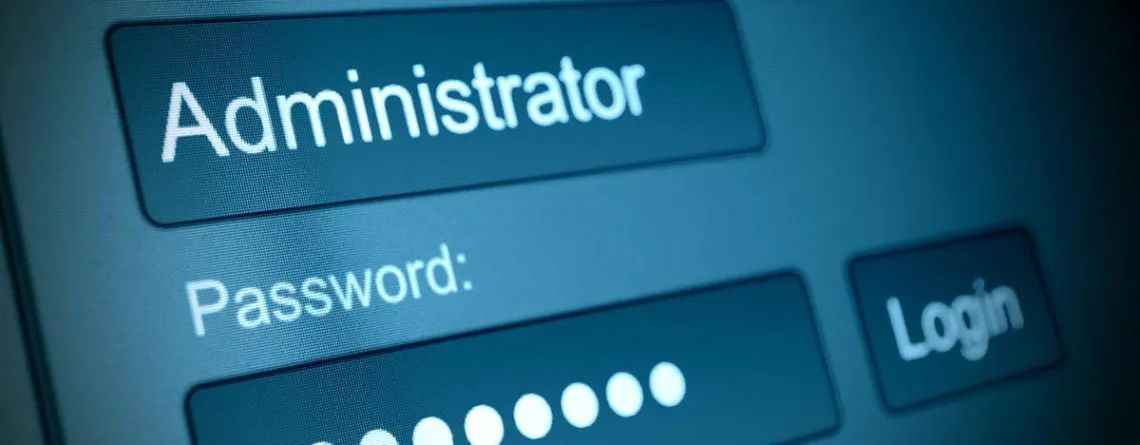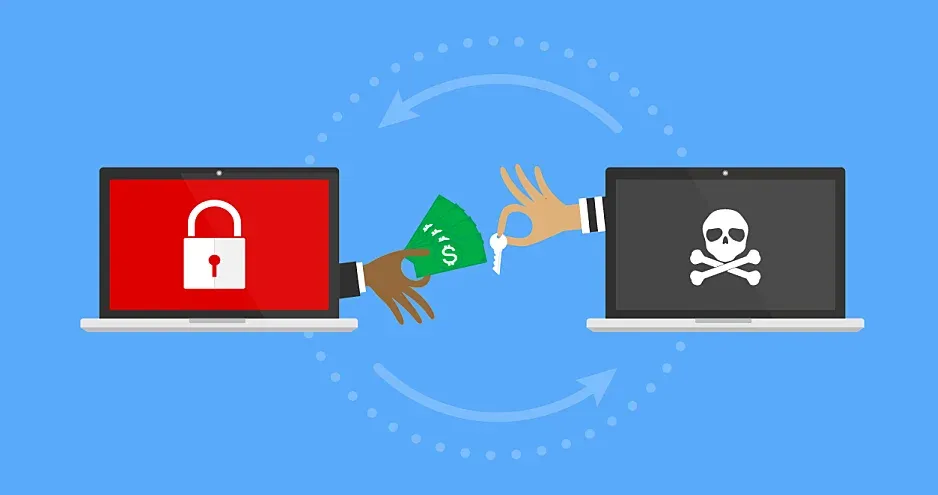Why Churches Should Prioritize Cybersecurity: The Risk of Granting End-Users Administrative Rights
In today's digital age, churches increasingly rely on technology for various operations, including online giving, live streaming, communication, and data management. However, this technological integration brings forth cybersecurity challenges, especially when staff, volunteers, and ministry leaders are granted administrative rights to their computers. While this practice may offer convenience, it can introduce significant vulnerabilities that cybercriminals are eager to exploit.
Recent incidents underscore the urgency for robust cybersecurity measures within faith-based organizations. For instance, in December 2024, the World Council of Churches experienced a ransomware attack where cybercriminals demanded nearly $280,000 in Bitcoin, threatening to leak sensitive data if the ransom was not paid . Such events highlight the pressing need for churches to reassess their cybersecurity protocols.
This article delves into the risks associated with granting unrestricted administrative access, the potential consequences of inadequate security measures, and practical steps churches can adopt to fortify their digital defenses.
The Risks of Unrestricted Administrative Access
1. Increased Vulnerability to Malware and Ransomware
Granting users administrative rights allows them to install software without oversight, creating pathways for malicious software infiltration. Cybercriminals often exploit this by disguising malware as legitimate downloads or through phishing emails. Once installed, ransomware can encrypt essential church files, including donor records and financial data, rendering them inaccessible until a ransom is paid.
A notable incident in 2024 involved a major disruption caused by a faulty software update from a leading cybersecurity firm, leading to widespread IT outages across various sectors . This event underscores the potential risks associated with administrative privileges and the importance of controlled software installations.
2. Churches as Prime Targets for Cybercriminals
Contrary to the belief that churches are unlikely targets, cybercriminals are increasingly focusing on faith-based organizations due to their often lax security measures. Churches handle sensitive information, such as personal member details and financial records, making them attractive targets.
In December 2024, it was reported that nonprofits, including churches, have become prime targets for cyberattacks because they often lack robust cybersecurity defenses . This trend emphasizes the necessity for churches to strengthen their cybersecurity frameworks.
3. Risks of Accidental Data Breaches and Unauthorized Changes
Internal threats, whether intentional or accidental, pose significant risks. Staff members or volunteers with administrative rights might inadvertently delete critical files, misconfigure security settings, or expose sensitive data. In some cases, disgruntled individuals could intentionally compromise data integrity.
For example, in 2024, a major disruption occurred due to a faulty software update issued by a leading cybersecurity firm, affecting various global industries . This incident highlights how internal actions, even unintentional, can lead to significant operational challenges.
4. The Challenge of Unauthorized Software and "Shadow IT"
Allowing unrestricted software installations can lead to "shadow IT," where unapproved applications are used within the organization. These unauthorized tools may lack necessary security updates, contain vulnerabilities, or conflict with existing systems, increasing the risk of cyber threats.
A comprehensive guide on church cybersecurity best practices emphasizes the importance of regular software and system updates to patch vulnerabilities and protect against potential breaches .
5. Compromising Security Controls
Even with investments in security tools like firewalls and antivirus software, their effectiveness can be undermined if users with administrative rights disable or bypass them. Such actions, whether intentional or accidental, can leave church systems exposed to attacks.
A recent article on cybersecurity best practices for churches highlights the necessity of using antivirus software, enabling firewalls, and keeping all operating systems updated to maintain robust security postures .
Strengthening Church Cybersecurity Practices
To mitigate these risks, churches can implement several proactive measures:
1. Limit Administrative Access
Adopt the Principle of Least Privilege (PoLP) by ensuring users have only the access necessary for their roles. Most staff and volunteers can operate effectively with standard user accounts, reducing potential vulnerabilities.
2. Implement Role-Based Access Control (RBAC)
Assign permissions based on specific roles within the church. For instance:
- Finance Teams: Access to financial systems without IT administrative rights.
- Volunteers: Permissions limited to their specific functions, such as managing social media or event coordination.
3. Enforce Controlled Software Installation Processes
Establish protocols requiring approval for all software installations. This approach prevents the introduction of unauthorized or potentially harmful applications. Utilizing application whitelisting can further enhance security by allowing only pre-approved software to operate on church systems.
4. Enable Multi-Factor Authentication (MFA)
Implement MFA for accessing sensitive systems and administrative accounts. This additional layer of security ensures that even if login credentials are compromised, unauthorized access remains unlikely.
5. Conduct Regular Security Audits
Periodic reviews of user accounts, access logs, and security configurations can help identify and address vulnerabilities promptly. Regular audits ensure compliance with established security policies and adapt to emerging threats.
6. Educate Staff and Volunteers on Cybersecurity
Continuous training programs can equip church personnel with the knowledge to recognize and respond to potential threats, such as phishing attempts or suspicious downloads. Awareness is a critical component in preventing security breaches.
7. Consider Cyber Liability Insurance
Given the increasing prevalence of cyberattacks on faith-based organizations, obtaining cyber liability insurance can provide financial protection and resources to manage and recover from incidents. In 2025, it's anticipated that cyber liability insurance will become an essential component of risk management for churches .
Conclusion
Balancing operational efficiency with robust cybersecurity measures is crucial for modern churches. While granting administrative rights may offer short-term convenience, it can lead to significant security risks. By implementing structured access controls, enforcing strict software installation policies, and fostering a culture of cybersecurity awareness, churches can protect their sensitive data and maintain the trust of their congregations.











